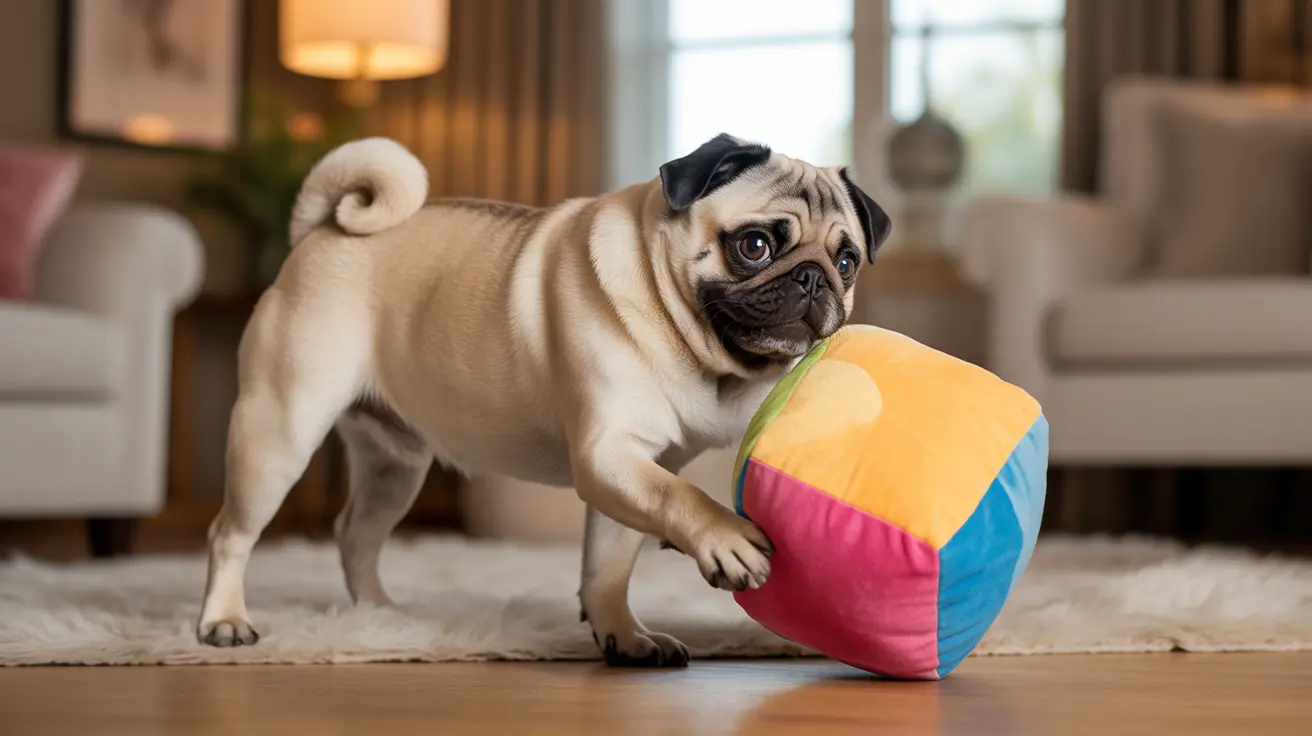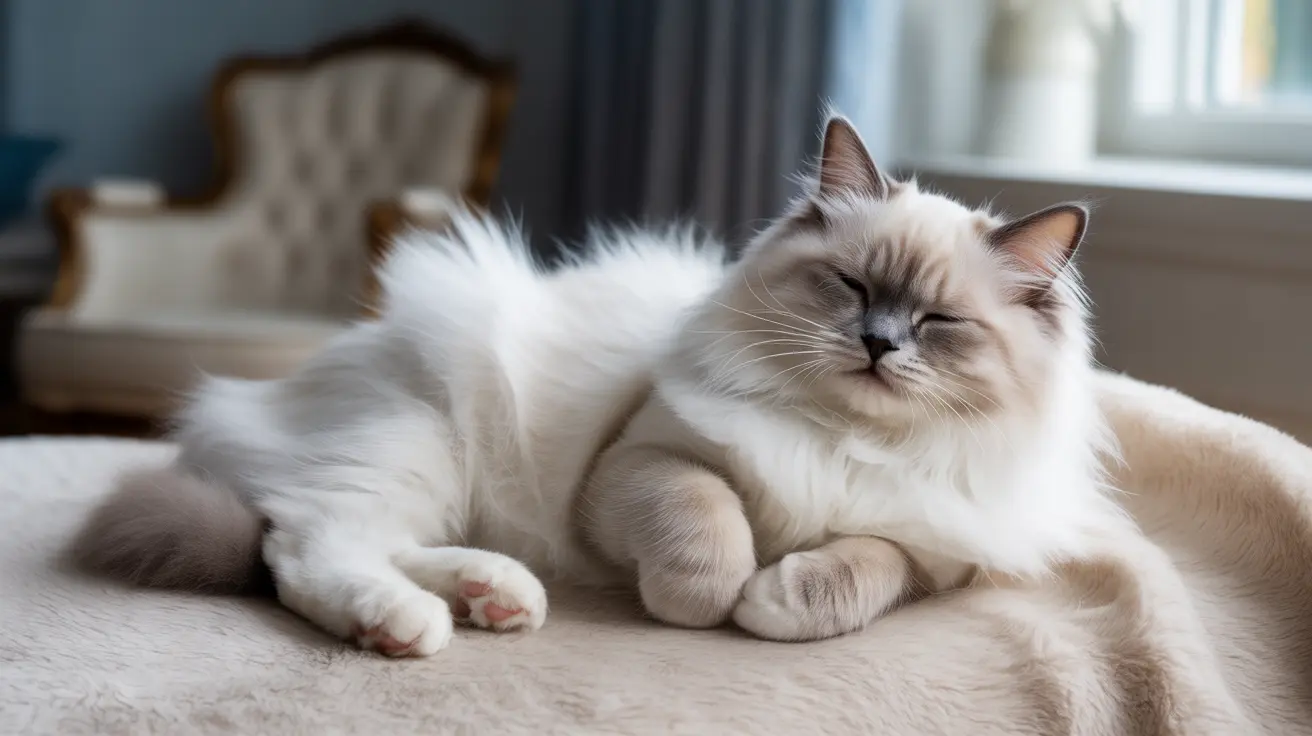How Cats Show Remorse: Understanding Feline Apologies
Cats are often seen as independent and mysterious creatures, making their emotional expressions harder to interpret compared to dogs. However, despite their reputation, cats are social animals capable of bonding deeply with their human companions. So, when a cat does something that upsets you — like knocking over a precious item or scratching furniture — you may wonder: Do cats say 'I'm sorry'? While they don’t apologize in the human sense, cats have their own unique ways of expressing reconciliation and affection.
Feline Social Behavior and Apologies
Cats are not pack animals like dogs, but they do possess a set of social behaviors that they use with both humans and other cats. These behaviors can indicate peace offerings or signals to reestablish trust and comfort.
- Head-Butting and Rubbing: A cat may bump, rub, or nuzzle you with its head or face. This behavior, known as 'bunting', is a sign of affection and an effort to share scent, which helps rebuild bonds.
- Purring: Purring is commonly associated with contentment but can also be a feline version of soft reassurance.
- Slow Blinking: When a cat slowly blinks at you, it's expressing trust and relaxation. Returning the slow blink is a way to reciprocate their affection.
- Hovering or Following: Cats sometimes express an apology by shadowing their owners more closely than usual. They may sit nearby or gently initiate contact.
- Play or Gift Offering: Some cats bring toys or even 'prey' (such as a leaf or toy mouse) as a form of peace offering or attention seeking.
Key Signs Your Cat May Be Reconnecting
Not all gestures are obvious. Here are subtle clues that your cat is trying to reconnect after a perceived misdeed:
- Increased grooming around you or themselves — cats groom to manage stress and may include you in the process.
- Positioning themselves belly-up — while exposing their belly isn’t an invitation for petting, it is a sign of vulnerability and trust.
- Initiating affectionate touch — a cat that presses their body against you is making a social gesture of closeness.
- Soft vocalizations — unlike hisses or growls, your cat may emit soft 'chirps' or meows when trying to initiate peaceful interaction.
How to Respond When Your Cat 'Apologizes'
- Stay Calm: Avoid yelling or punishing your cat. Negative reinforcement doesn’t help cats understand what they’ve done wrong.
- Positive Reinforcement: Reward good behavior with treats or affection immediately when observed.
- Slow Blink Back: Returning the slow blink fosters mutual trust.
- Create a Consistent Routine: Cats thrive on predictability; it soothes anxiety and reduces misbehavior.
Why Understanding Feline Behavior Matters
Feline body language is nuanced. Learning to read cat behavior can enhance your relationship and reduce stress. Misunderstanding their actions might lead to unnecessary conflict or missed communication cues.
Cats may act out due to issues such as:
- Boredom — Introduce enriching toys like puzzle feeders or foraging boards to keep them mentally stimulated.
- Environmental stress — Changes in your home, such as new pets or furniture, can unsettle a cat.
- Hunger or illness — Discomfort can cause behavior changes. Always rule out medical issues when behaviors shift suddenly.
Enhancing Your Bond Through Enrichment
One powerful way to connect with your cat is by aligning care with their natural instincts. Cats are obligate carnivores and natural hunters. Using foraging toys and puzzles not only mitigates unwanted behavior but also shows your cat you understand their needs.
Recommended enrichment items include:
- Rolling puzzles like rotating cubes or Buster Cube
- Stationary puzzles such as the TRIXIE Fun Board or DIY plywood setups
- Ping-pong balls and foraging eggs for curiosity-based play
- Wet and dry food puzzles to mimic natural eating habits
The Bottom Line
While cats don’t say “I’m sorry” in words, their behavior speaks volumes. Through sincere gestures like bunting, purring, slow blinking, and proximity, cats attempt to rebuild bonds and show trust. Being attuned to these signals strengthens your relationship and helps create a harmonious, enriched home environment for both you and your feline friend.





